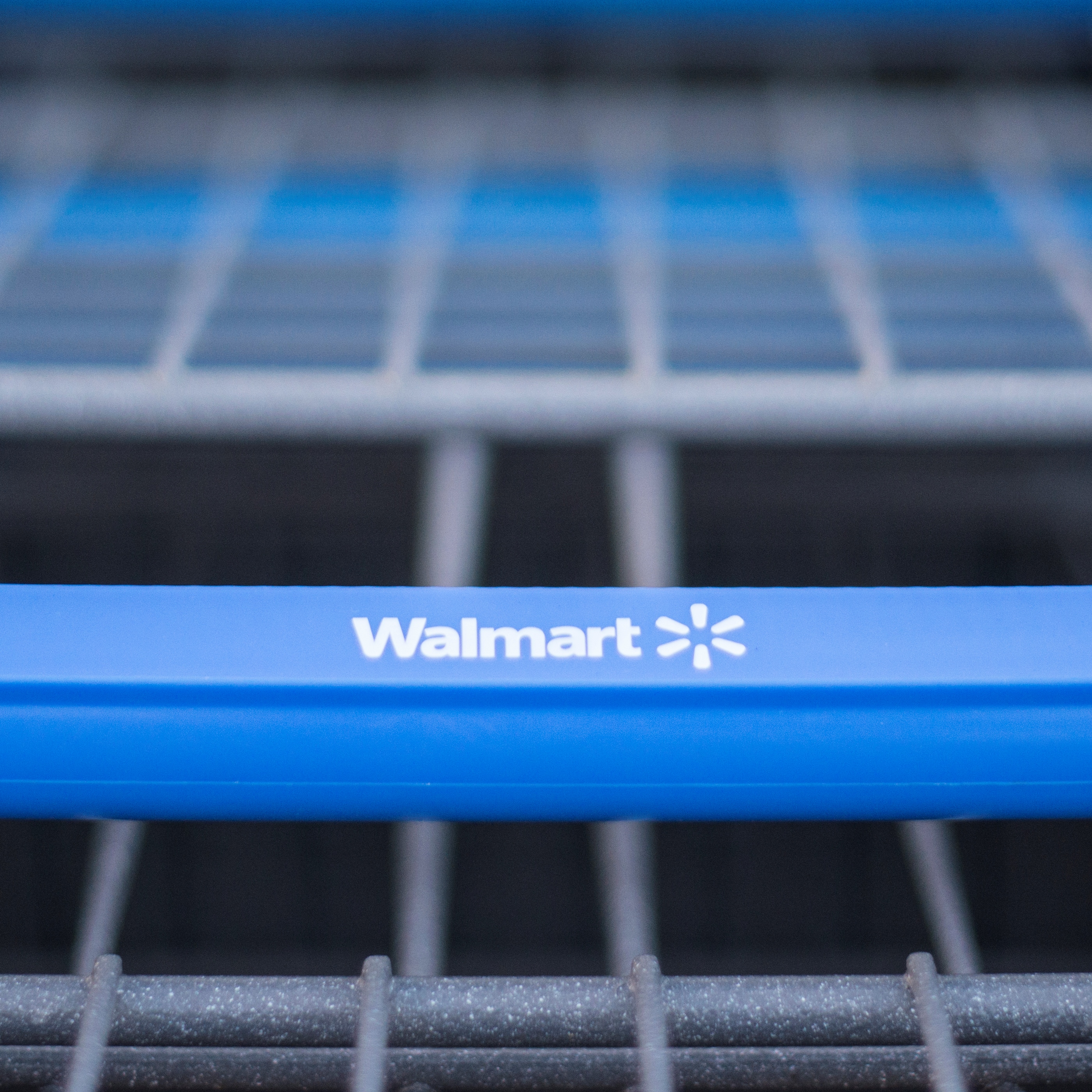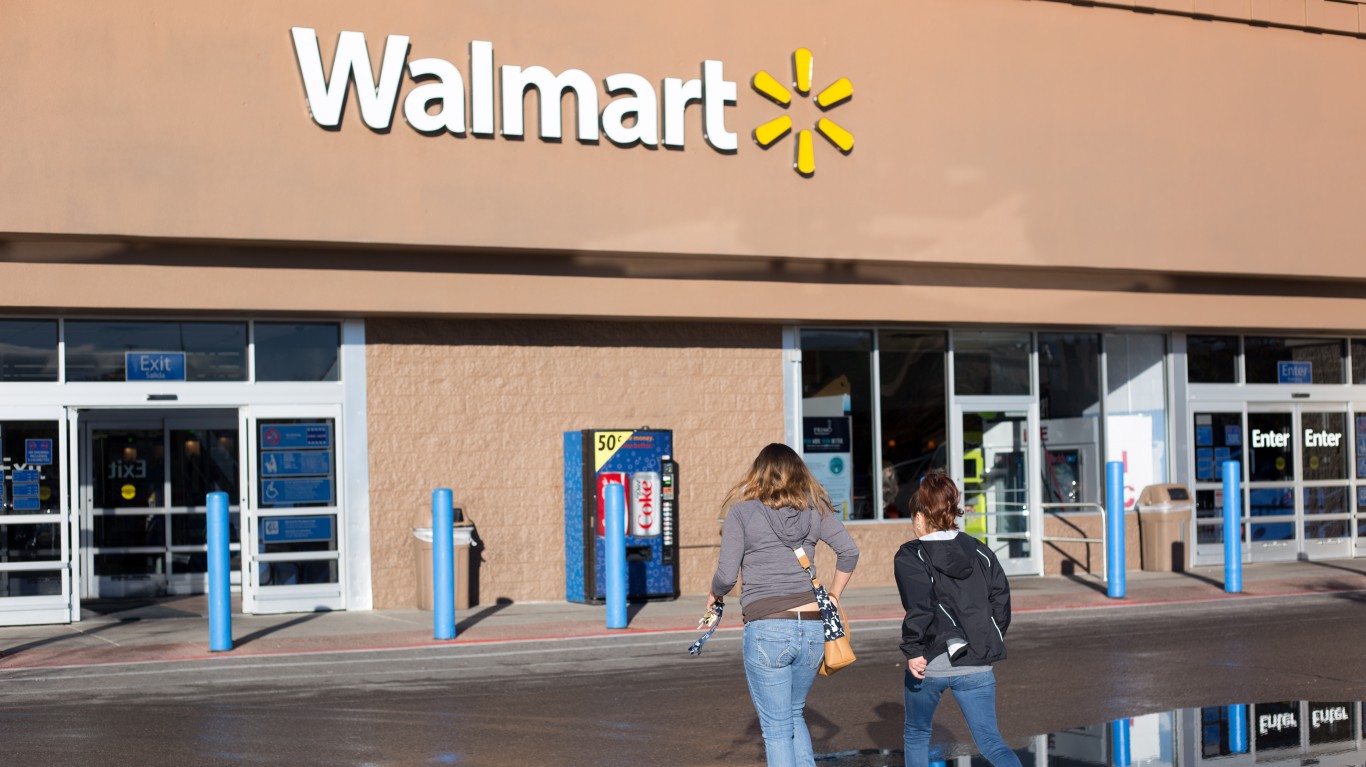
Wal-Mart Stores Inc. (NYSE: WMT) gave upstart Amazon.com Inc. (NASDAQ: AMZN) a 10-year head start in launching an online marketplace for third-party sellers. Then, even after launching its marketplace in 2009, Walmart did not make an aggressive move in the space —until the past year.
When the company reported fiscal first-quarter 2018 results in April, Walmart said it had increased its assortment of marketplace items from 10 million in the prior year to 50 million. Amazon claims only that it carries “hundreds of millions” of items both of its own and of its marketplace partners.
There’s no question that Amazon is the big dog in the marketplace arena, but some third-party sellers are looking to diversify their online presence. According to a report at eMarketer, only 9% of Amazon sellers also sell on Walmart.com compared, for example, to 65% of eBay Inc. (NASDAQ: EBAY) sellers who also sell on Amazon.
But when it comes to third-party sellers who made more than $2 million in annual revenue last year, some 36% now sell at Walmart.com and Amazon.com. A recent survey cited by eMarketer is even better news for Walmart:
In another telling sign, when asked about other channels they want to expand to this year, Walmart, cited by 29% of Amazon sellers in the Feedvisor survey, garnered the top spot alongside sellers’ own websites, beating all other marketplaces including Shopify, eBay, Walmart’s own Jet.com and Etsy.
A study by market research firm Euromonitor also indicates that Walmart’s efforts at boosting its online presence are having an impact. eMarketer notes:
While third-party merchant retail sales on Amazon.com are nearly four times those of Walmart.com ($63 billion vs $16.6 billion in 2016), between 2011 and 2016, Walmart.com’s marketplace sellers’ retail sales rose an annual average of 58.6%, outpacing growth rates seen at Amazon, eBay, Sears, Rakuten and Etsy during the same period, the Euromonitor data showed.
One serious issue for Walmart is how to compete with Amazon’s Prime delivery service. Walmart recently began giving online shoppers a discount on certain items they order online and pick up at a nearby brick-and-mortar store. But that’s no answer for Prime, which also allows third-party sellers to have their orders fulfilled by Amazon and shipped to Prime customers just as if the products were sold directly by Amazon.
Another issue Walmart faces is that some brands don’t want to be linked to the company’s low-price image, which they believe can hurt their own brand’s value.
At stake is a brass ring for U.S. marketplaces that is expected by one estimate to grow to $780 billion in the next four or five years. That’s a sum worth fighting for.
In 20 Years, I Haven’t Seen A Cash Back Card This Good
After two decades of reviewing financial products I haven’t seen anything like this. Credit card companies are at war, handing out free rewards and benefits to win the best customers.
A good cash back card can be worth thousands of dollars a year in free money, not to mention other perks like travel, insurance, and access to fancy lounges.
Our top pick today pays up to 5% cash back, a $200 bonus on top, and $0 annual fee. Click here to apply before they stop offering rewards this generous.
Flywheel Publishing has partnered with CardRatings for our coverage of credit card products. Flywheel Publishing and CardRatings may receive a commission from card issuers.
Thank you for reading! Have some feedback for us?
Contact the 24/7 Wall St. editorial team.




